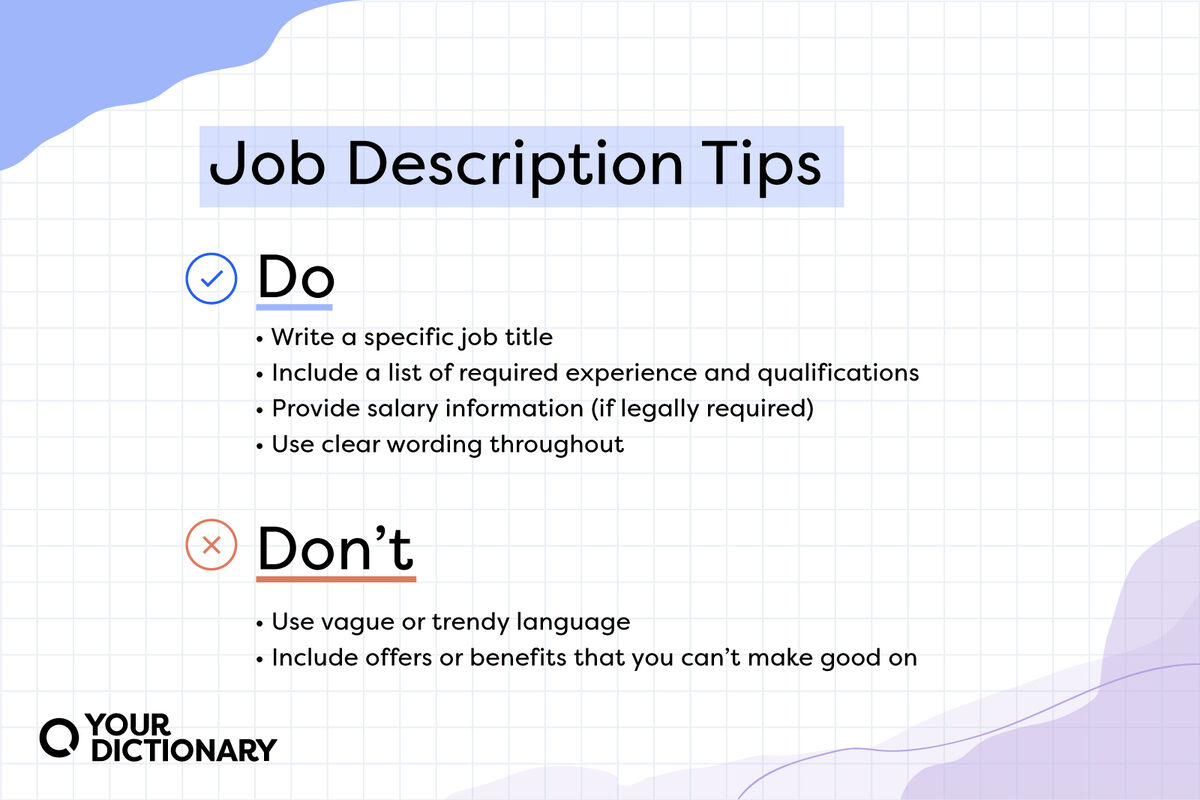
Writing Effective Job Descriptions: Your Guide to Attracting Top Talent
In the competitive world of talent acquisition, your job description is more than just a list of tasks and requirements; it’s your first, crucial handshake with a potential employee. It’s a marketing tool, a brand statement, and a filtering mechanism, all rolled into one. A poorly written job description can lead to a deluge of unqualified applicants, wasted time, and missed opportunities. Conversely, an effective job description attracts the right candidates – those who are truly a good fit for the role and your company culture.
This comprehensive guide will walk you through the essential elements and best practices for writing job descriptions that not only stand out but also help you secure the top talent your organization needs.
Why Effective Job Descriptions Matter More Than You Think
Before we dive into the "how-to," let’s understand the profound impact a well-crafted job description can have:
- Attracts the Right Talent: A clear, compelling description acts like a magnet for candidates who possess the specific skills, experience, and cultural alignment you’re looking for. It helps self-select the best fits and deter those who aren’t.
- Saves Time and Money: By attracting qualified candidates from the outset, you reduce the time spent sifting through irrelevant applications, interviewing unsuitable individuals, and ultimately, the cost per hire.
- Sets Clear Expectations: A detailed job description provides transparency about the role’s responsibilities, required skills, and the company environment. This helps prevent misunderstandings later and ensures the new hire starts with a clear understanding of their role.
- Boosts Your Employer Brand: A professional, engaging, and inclusive job description reflects positively on your company. It showcases your commitment to clarity, fairness, and creating a great work environment, making you a more attractive employer.
- Aids in Legal Compliance: A well-structured job description helps ensure you adhere to employment laws by clearly defining essential job functions and non-discriminatory requirements.
- Improves Candidate Experience: A clear and appealing job description makes the application process smoother and more positive for candidates, even if they don’t get the job.
The Anatomy of an Effective Job Description
Think of your job description as a well-structured story. Each section plays a vital role in painting a complete picture of the opportunity.
1. The Job Clear, Concise, and Searchable
This is often the first thing a candidate sees, and it’s crucial for search engine optimization (SEO) on job boards.
- Be Specific: Avoid internal jargon or overly creative titles. Use a title that accurately reflects the role and is commonly searched for (e.g., "Senior Software Engineer" instead of "Code Ninja Level 3").
- Include Keywords: Think about what a candidate would type into a search bar.
- Consider Seniority: Titles like "Junior," "Mid-Level," "Senior," or "Lead" help candidates understand the experience level required.
Example:
- Bad: "Synergy Specialist"
- Good: "Digital Marketing Manager" or "Junior Accountant"
2. Company Overview / About Us: Your Brand Story
Candidates aren’t just looking for a job; they’re looking for a company to join. This section is your chance to shine and explain why your organization is a great place to work.
- Briefly Introduce Your Company: What do you do? What problem do you solve?
- Highlight Your Mission and Values: What drives your company? What’s important to you?
- Describe Your Culture: Is it collaborative, innovative, fast-paced, family-friendly? Give a genuine glimpse.
- Mention Key Achievements or Unique Selling Points: What makes your company stand out?
Example:
"At InnovateTech Solutions, we’re building the future of AI-powered software. Our mission is to empower businesses with intelligent automation, fostering a culture of curiosity, collaboration, and continuous learning. We pride ourselves on our inclusive environment and our commitment to making a real impact in the tech world."
3. Job Summary / Overview: The Elevator Pitch for the Role
This short paragraph (2-4 sentences) should provide a high-level overview of the position’s main purpose and contribution to the company. It’s the "why this role exists" statement.
- Summarize the Core Function: What is the primary objective of this role?
- Highlight its Impact: How does this role contribute to the company’s success?
- Keep it Engaging: Hook the reader and make them want to learn more.
Example:
"We are seeking a passionate and detail-oriented Content Marketing Specialist to join our growing marketing team. This role will be instrumental in developing engaging content strategies that attract, inform, and convert our target audience, driving brand awareness and lead generation."
4. Key Responsibilities: What They’ll Actually Be Doing (Action-Oriented!)
This is the core of the job description. Use strong action verbs to describe the main duties and responsibilities. Focus on outcomes rather than just tasks.
- Use Bullet Points: Makes it easy to read and digest.
- Start with Action Verbs: "Develop," "Manage," "Analyze," "Collaborate," "Lead," "Implement," "Create," "Support."
- Be Specific and Quantifiable (Where Possible): Instead of "Handle customer inquiries," try "Respond to 50+ customer inquiries daily via email and phone, resolving issues efficiently."
- Prioritize: List the most important responsibilities first. Aim for 5-10 key responsibilities.
- Focus on Outcomes: What will the person achieve in this role? "Improve customer satisfaction by 15%" instead of just "Talk to customers."
Example:
- Develop and execute comprehensive social media strategies across multiple platforms (Facebook, Instagram, LinkedIn, X).
- Manage daily content calendars, ensuring timely publication and audience engagement.
- Analyze social media performance metrics and provide data-driven recommendations for improvement.
- Collaborate with the marketing and sales teams to align content with overall business objectives.
- Stay up-to-date with industry trends and emerging social media tools.
5. Required Qualifications & Skills: The Non-Negotiables
This section lists the absolute "must-have" skills, experience, and education needed for someone to perform the job successfully. Be realistic and avoid "wish lists" that might deter qualified candidates or promote bias.
- Education: Specify degrees, certifications, or equivalent experience.
- Experience: Number of years, specific industries, types of projects.
- Technical Skills: Software, programming languages, tools (e.g., "Proficiency in Adobe Creative Suite," "Experience with Salesforce CRM").
- Soft Skills: Communication, problem-solving, teamwork, adaptability (ensure these are genuinely required for the role).
Example:
- Bachelor’s degree in Marketing, Communications, or a related field.
- 3+ years of experience in social media management, preferably in a B2B environment.
- Proven track record of growing social media followers and engagement.
- Expertise with social media management tools (e.g., Hootsuite, Sprout Social).
- Excellent written and verbal communication skills.
6. Preferred Qualifications (Optional): The "Bonus Points"
This section is for skills or experiences that would be a significant advantage but aren’t strictly necessary. It helps differentiate candidates and indicates potential for growth.
- Example:
- Experience with video content creation and editing.
- Familiarity with SEO best practices.
- Fluency in a second language.
7. Benefits & Perks: What’s In It For Them?
This is a critical section for attracting top talent. Clearly outline the compensation, benefits, and unique perks your company offers. Don’t just list them; highlight why they’re valuable.
- Health & Wellness: Medical, dental, vision insurance, wellness programs.
- Financial: Competitive salary (see note below), bonuses, 401(k) matching, stock options.
- Work-Life Balance: Paid time off (PTO), flexible hours, remote work options, parental leave.
Professional Development: Training budgets, conference attendance, tuition reimbursement. - Company Perks: Free snacks, gym membership, team events, commuter benefits.
Example:
"We offer a competitive salary, comprehensive health, dental, and vision insurance, a 401(k) with company match, generous PTO, and opportunities for professional development. Enjoy our flexible hybrid work model, a vibrant office culture with regular team lunches, and a dedicated budget for your continuous learning."
A Note on Salary Transparency: While not legally required in all regions (though increasingly common and sometimes mandated), including a salary range in your job description can significantly improve the quality and quantity of applicants. It saves time for both parties and signals transparency. If you can’t provide a precise range, consider mentioning "competitive salary based on experience."
8. Call to Action (CTA): What’s Next?
Make it crystal clear how candidates should apply and what the next steps are.
- Clear Instructions: "Apply through our careers page," "Submit your resume and cover letter to [email address]."
- Set Expectations: "Only shortlisted candidates will be contacted," "Please allow 2-3 weeks for a response."
Example:
"Ready to make an impact? Apply now by submitting your resume and a compelling cover letter through our careers portal at [YourWebsite.com/careers]. We look forward to reviewing your application!"
9. Equal Opportunity Employer (EOE) Statement: Commitment to Diversity
An EOE statement is crucial for legal compliance and demonstrates your commitment to diversity, equity, and inclusion (DEI).
- Standard Statement: "We are an Equal Opportunity Employer and value diversity at our company. We do not discriminate on the basis of race, religion, color, national origin, gender, sexual orientation, age, marital status, veteran status, or disability status."
- Go Beyond Compliance: You can add a sentence about your active commitment to creating an inclusive environment.
Best Practices for Maximizing Impact
Beyond the core sections, these tips will elevate your job descriptions from good to great.
- Use Clear, Concise, and Simple Language: Avoid jargon, acronyms, and overly formal language. Write as if you’re speaking to a smart, but not necessarily industry-expert, friend.
- Focus on Outcomes, Not Just Tasks: Instead of "Manage the budget," write "Ensure fiscal responsibility by managing a $X budget, identifying cost-saving opportunities."
- Highlight Your Company Culture: Weave in aspects of your company’s personality throughout the description, especially in the company overview and benefits sections. What’s it like to work there?
- Be Mindful of Inclusivity and Bias:
- Gender-Neutral Language: Avoid gendered pronouns (he/she) or words like "rockstar," "ninja," "guru" which can inadvertently deter some candidates.
- Review Requirements: Are all "required" qualifications truly essential, or are some "preferred"? Overly long or specific requirements can disproportionately affect certain demographic groups.
- Keywords: Use tools to check for biased language (e.g., Textio, Gender Decoder).
- Optimize for Applicant Tracking Systems (ATS): Most companies use ATS to filter resumes.
- Keywords: Ensure relevant keywords from the job description are present in the qualifications and responsibilities.
- Formatting: Use standard headings and bullet points. Avoid complex tables, graphics, or non-standard fonts that ATS might struggle to read.
- Proofread Meticulously: Typos and grammatical errors undermine your professionalism and attention to detail. Have someone else review it.
- Test and Refine: Don’t be afraid to tweak your job description if you’re not getting the right quality or quantity of applicants. A/B test different titles or summary statements.
Common Mistakes to Avoid
- Vague or Generic Language: "Highly motivated individual needed." What does that even mean? Be specific about the skills and traits.
- Too Many Requirements: Listing 15 "required" skills will scare away many qualified candidates who don’t tick every single box. Prioritize!
- Internal Jargon: Assume candidates don’t know your company’s internal acronyms or team names.
- No Company Information: Failing to sell your company means you’re just another listing on a job board.
- Copy-Pasting: Avoid using generic templates without tailoring them to the specific role and your company culture. Every role is unique.
- Focusing Only on Tasks: People want to know the impact they’ll have, not just the list of things they’ll do.
Conclusion
Writing an effective job description is an art and a science. It requires clarity, strategic thinking, a touch of marketing savvy, and a commitment to inclusivity. By following these guidelines, you’ll craft job descriptions that not only attract a larger pool of talent but, more importantly, draw in the right talent – individuals who are enthusiastic about your mission, aligned with your values, and ready to make a significant impact on your organization’s success.
Invest the time and effort into perfecting your job descriptions. It’s one of the most powerful tools you have in building a high-performing, thriving team.
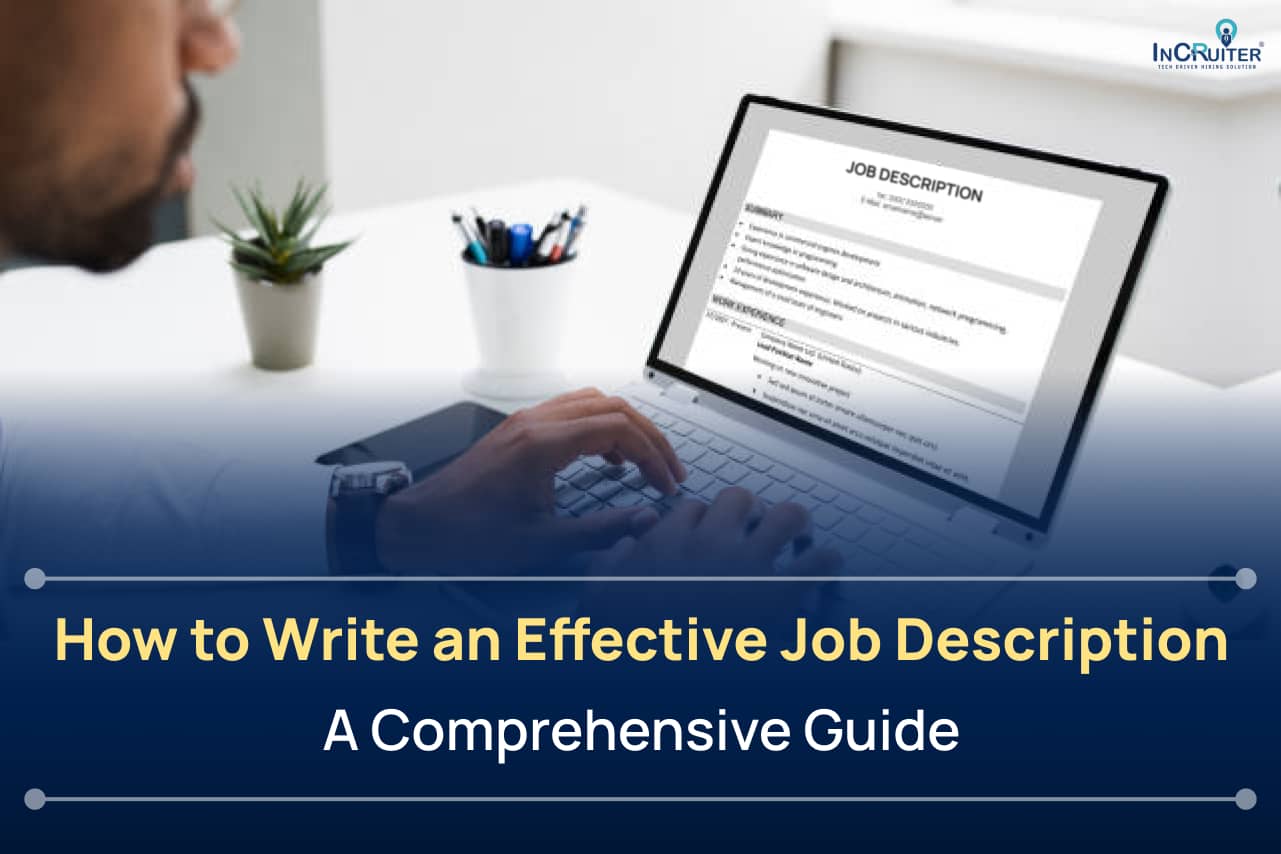
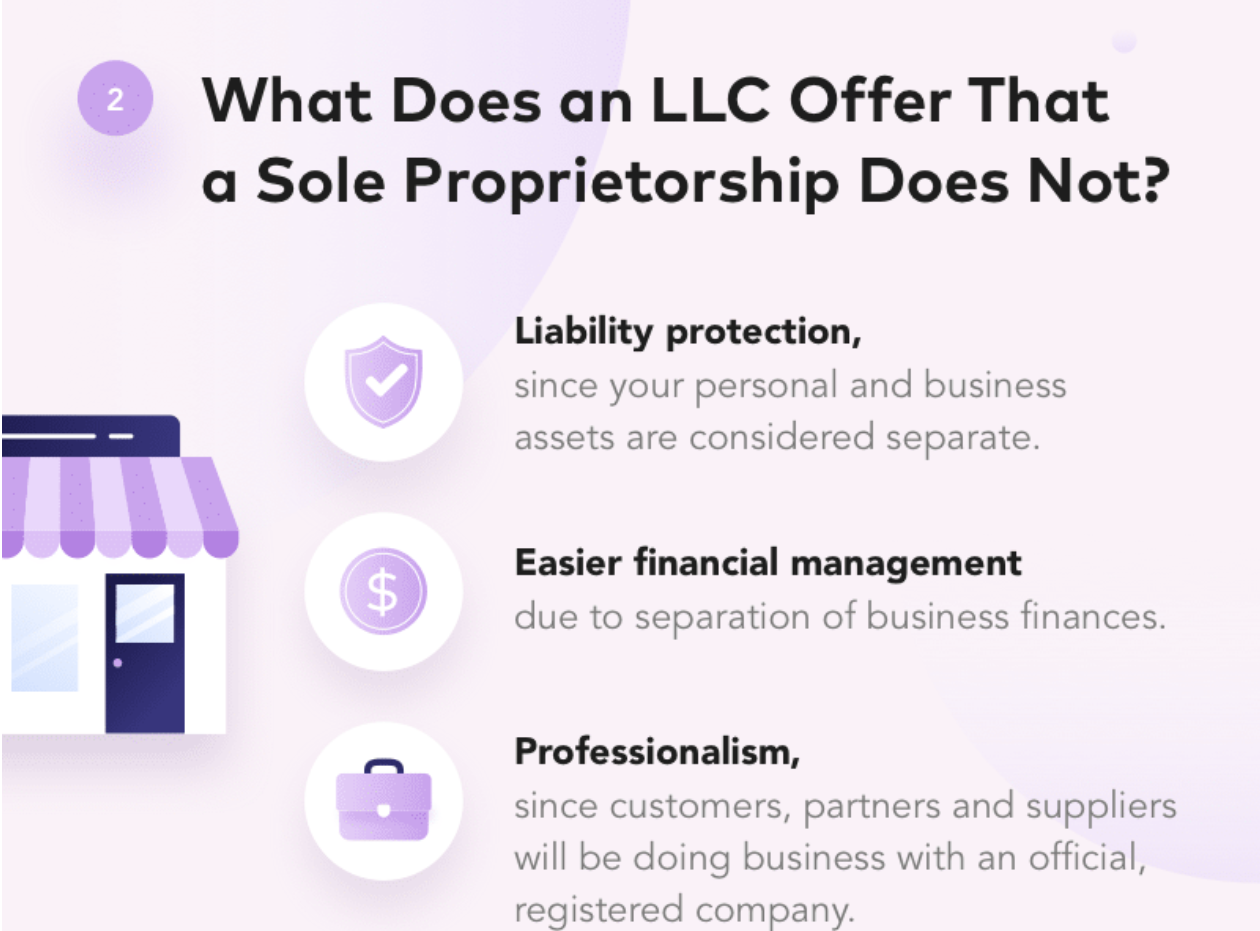
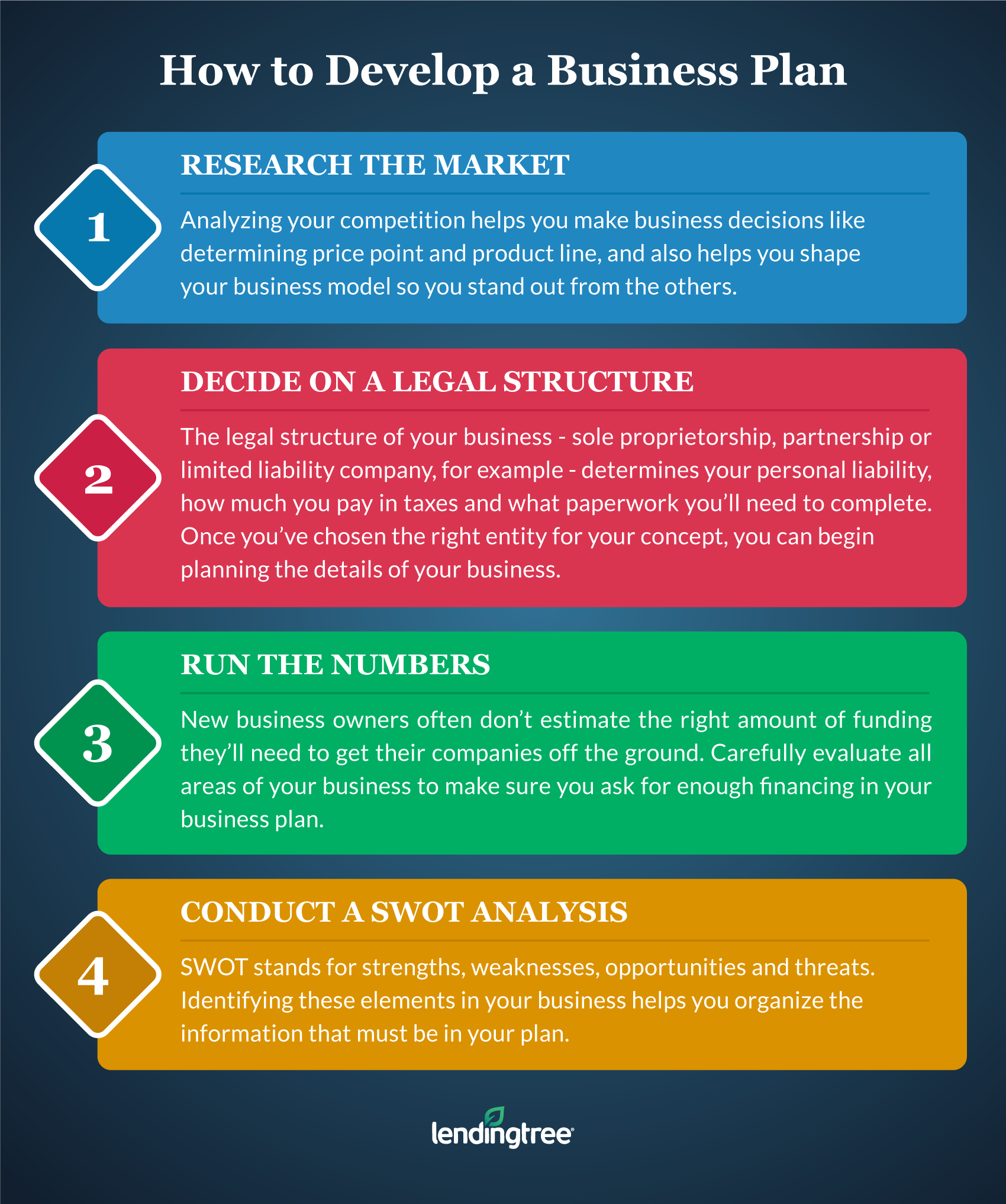
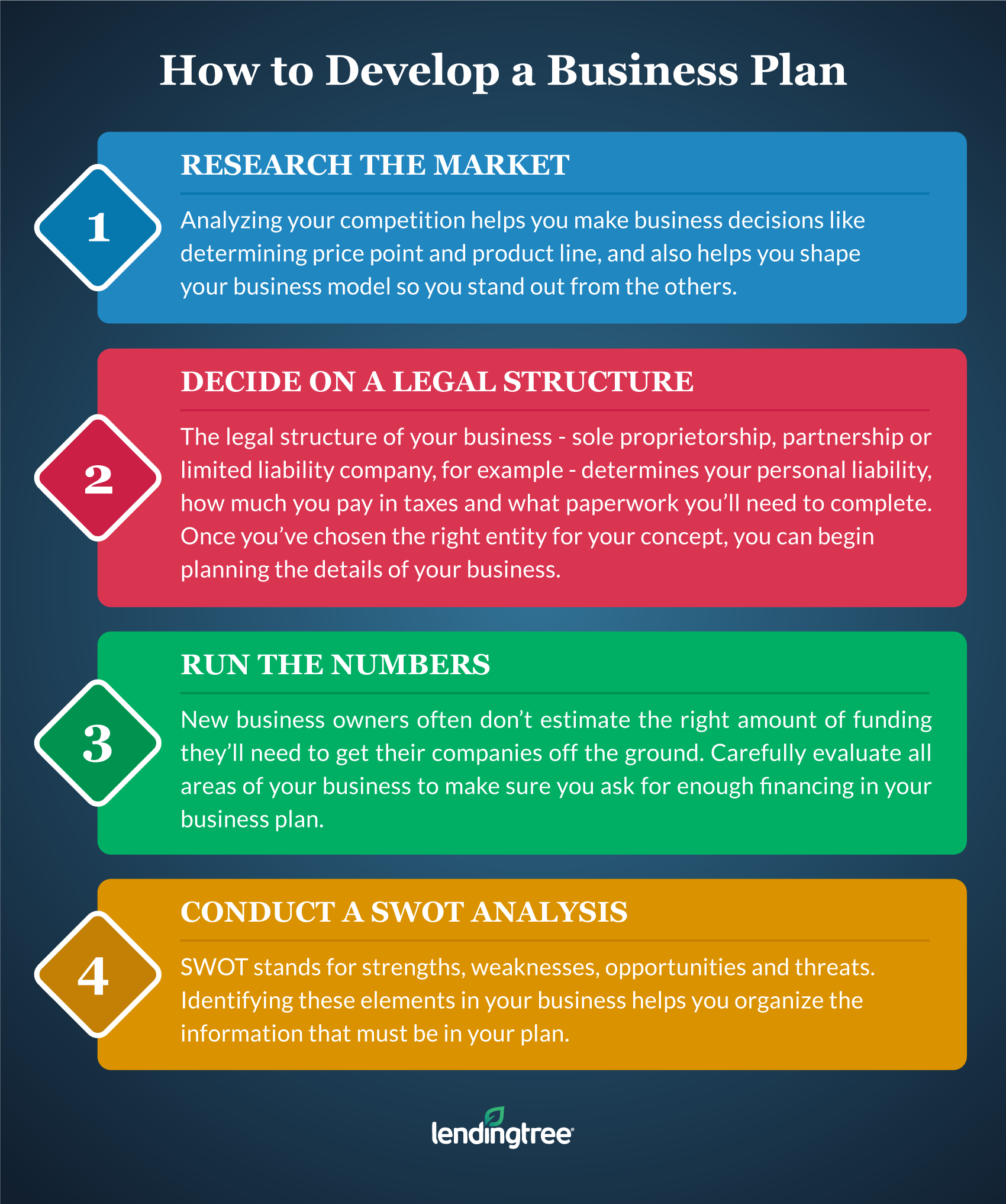
Post Comment